Pool Light Repair Services
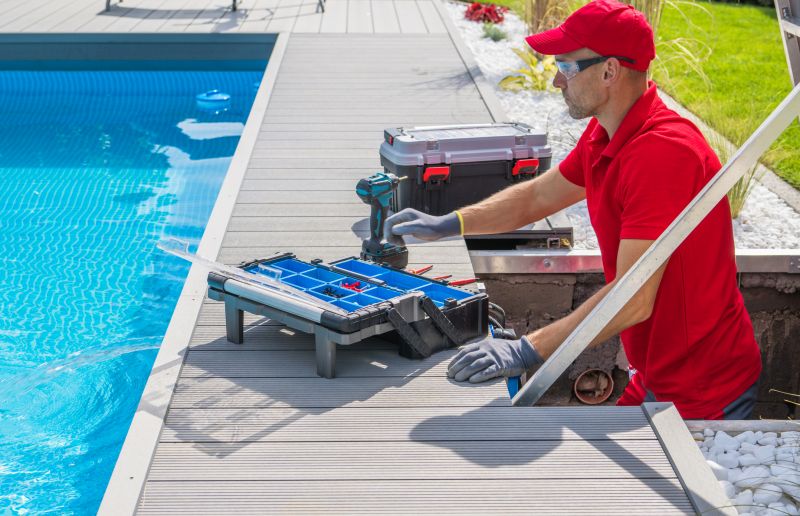
Performing pool light repairs before the swimming season begins helps ensure proper operation during peak usage.

Late fall or winter is ideal for repairs to avoid disrupting swimming schedules and to allow for thorough maintenance.
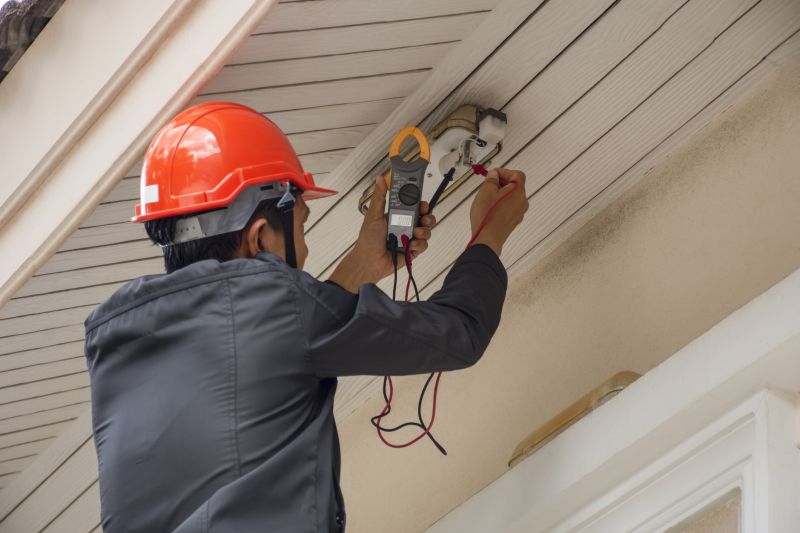
After storms or severe weather, inspecting and repairing pool lights promptly prevents further damage.
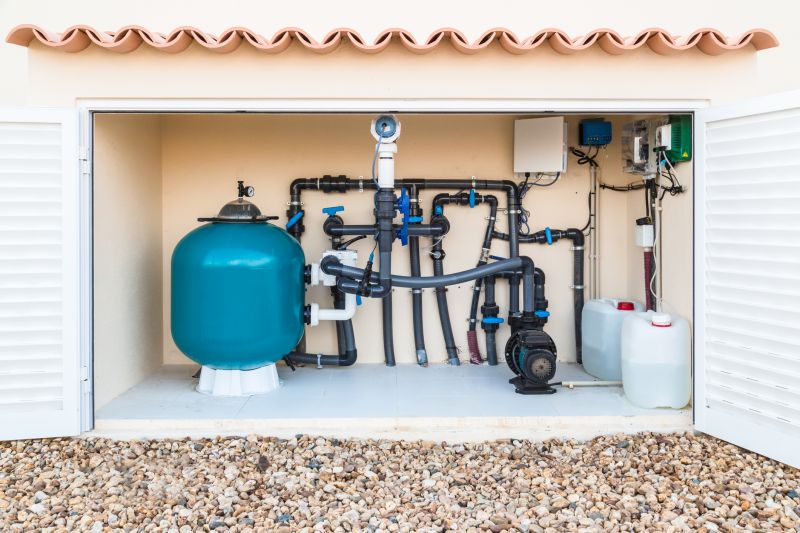
Ways to make Pool Light Repairs work in tight or awkward layouts.
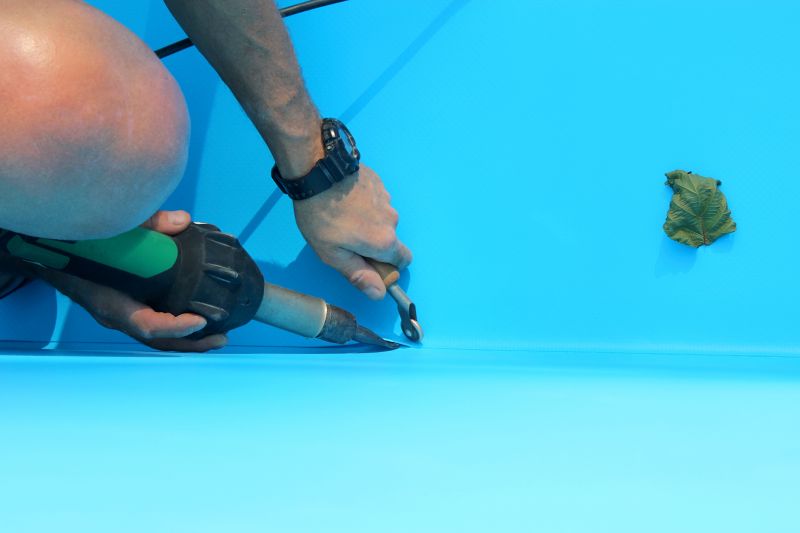
Popular materials for Pool Light Repairs and why they hold up over time.

Simple add-ons that improve Pool Light Repairs without blowing the budget.
Pool light repairs are essential for maintaining safety and enhancing the aesthetic appeal of a swimming pool. Properly functioning lights improve visibility during nighttime swimming and help identify issues early, preventing costly repairs. Statistics indicate that regular inspection and timely repairs can extend the lifespan of pool lighting systems by up to 50%. Factors such as water chemistry, electrical issues, and aging fixtures can cause lights to malfunction, requiring professional attention.
Timely repairs also contribute to energy efficiency, as faulty lights tend to consume more power. Modern pool lighting options, including LED fixtures, offer longer lifespans and lower energy costs. Regular maintenance, especially before peak usage seasons, ensures safety and prolongs equipment durability. It is recommended to conduct inspections at least twice a year, or more frequently if the pool experiences harsh weather conditions or heavy usage.
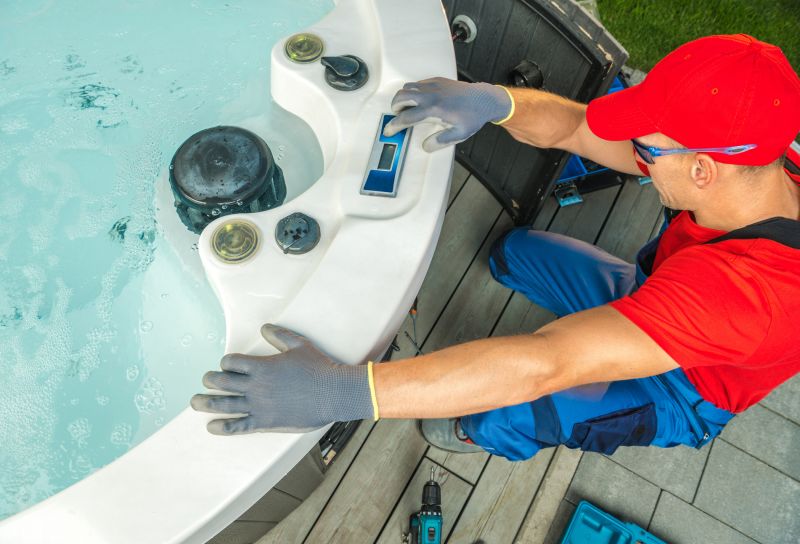
Professional technicians diagnose electrical issues, replace faulty bulbs, and repair wiring to restore proper function.

Problems often stem from water infiltration, corrosion, electrical faults, or damaged fixtures.

Replacing outdated lights with energy-efficient LED options can improve brightness and reduce operating costs.
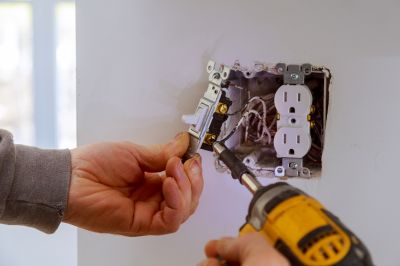
Ensuring electrical safety protocols are followed prevents accidents and ensures proper functioning.
| Repair Timing | Benefits |
|---|---|
| Before peak season | Ensures safety and optimal performance |
| Off-season | Allows thorough maintenance with minimal disruption |
| After weather events | Prevents further damage and safety hazards |
| Regular inspections | Extends fixture lifespan and maintains efficiency |
| Post-repair testing | Confirms proper operation and safety |
It is recommended to inspect pool lights at least twice a year, especially before and after peak usage seasons.
Indicators include flickering, dimming, water leakage, or complete failure to turn on.
Many issues can be repaired, but extensive damage or outdated fixtures may require replacement.
Yes, LED lights offer longer lifespan, lower energy consumption, and brighter illumination.



